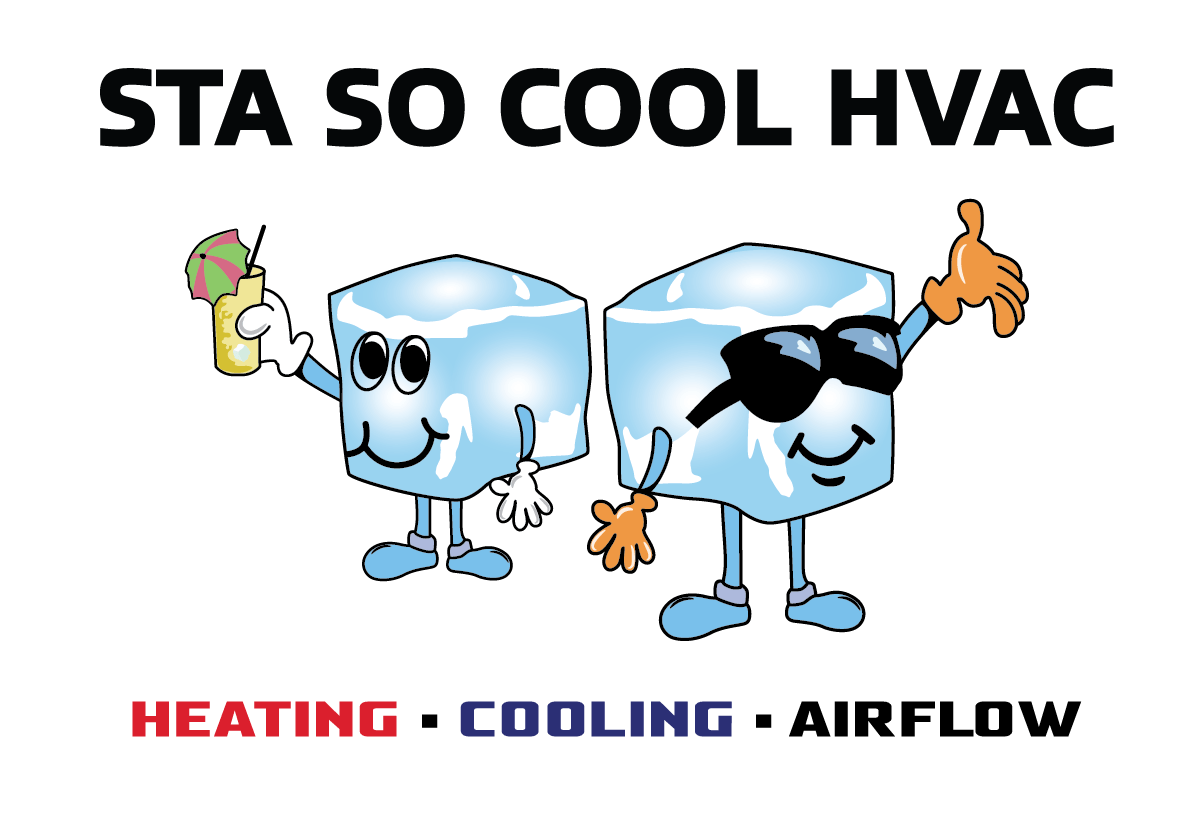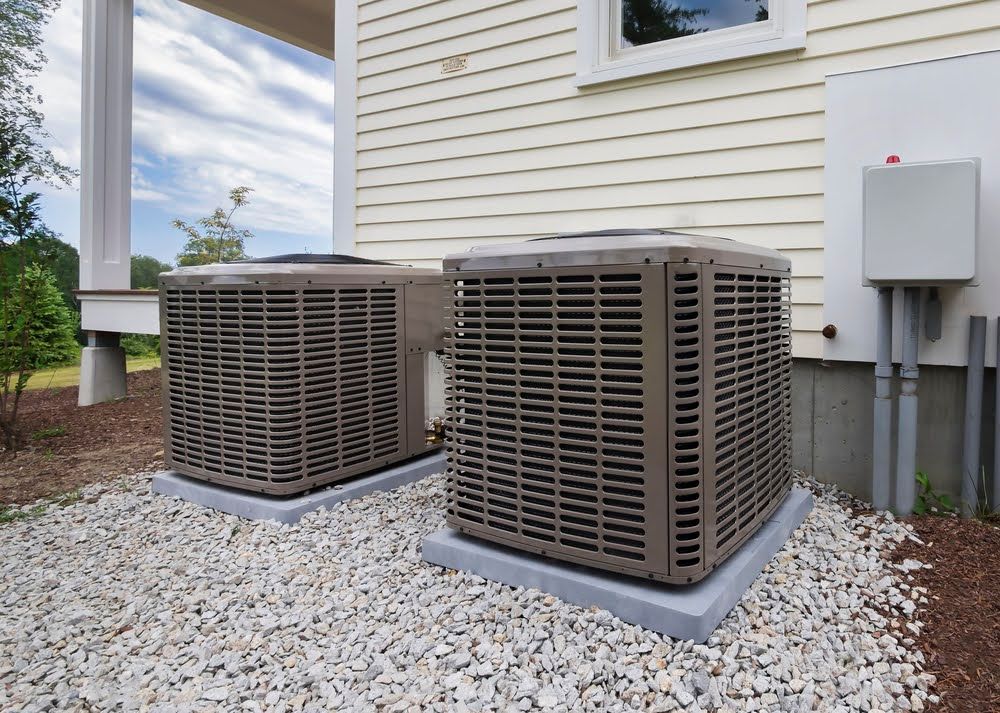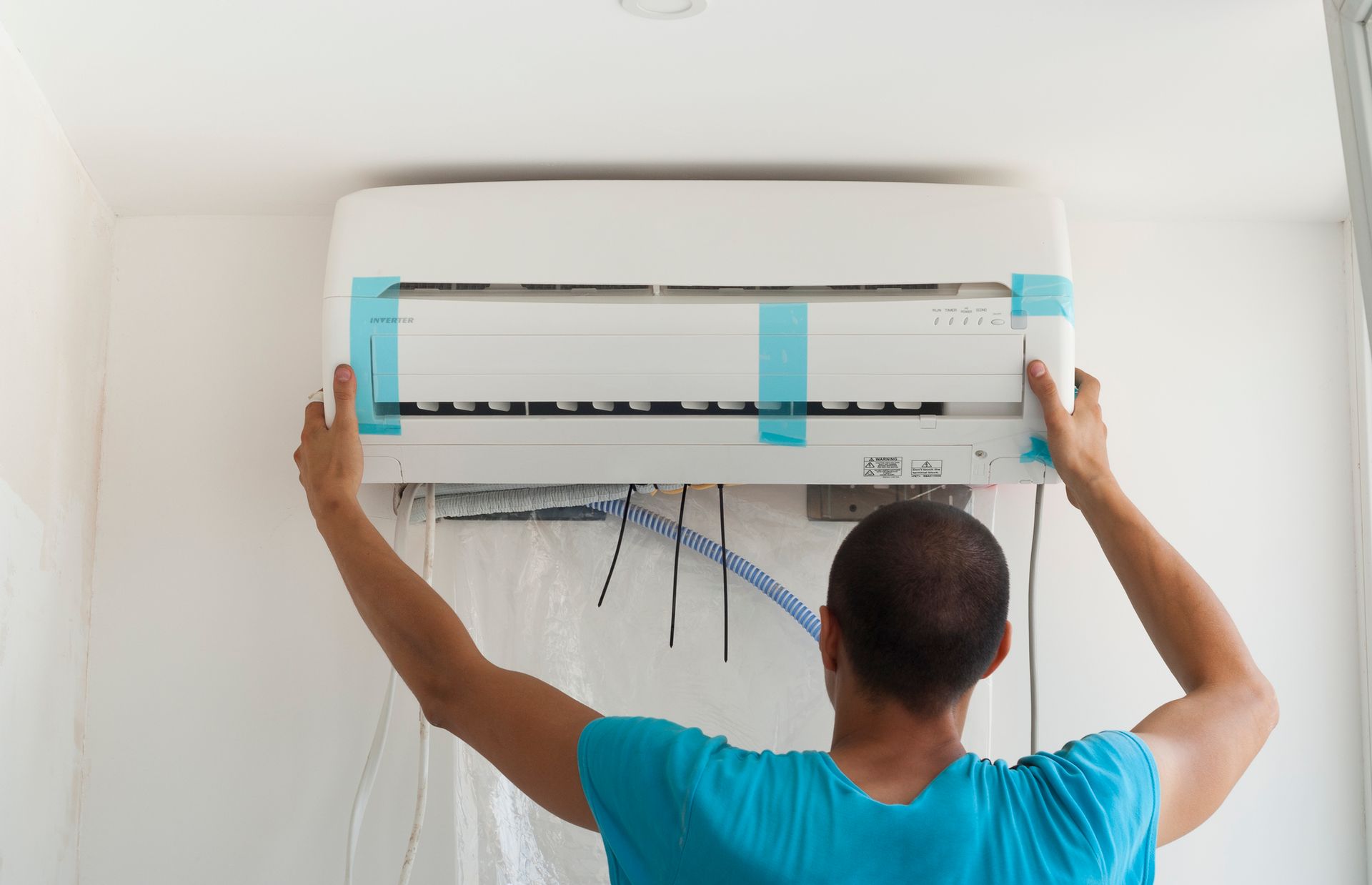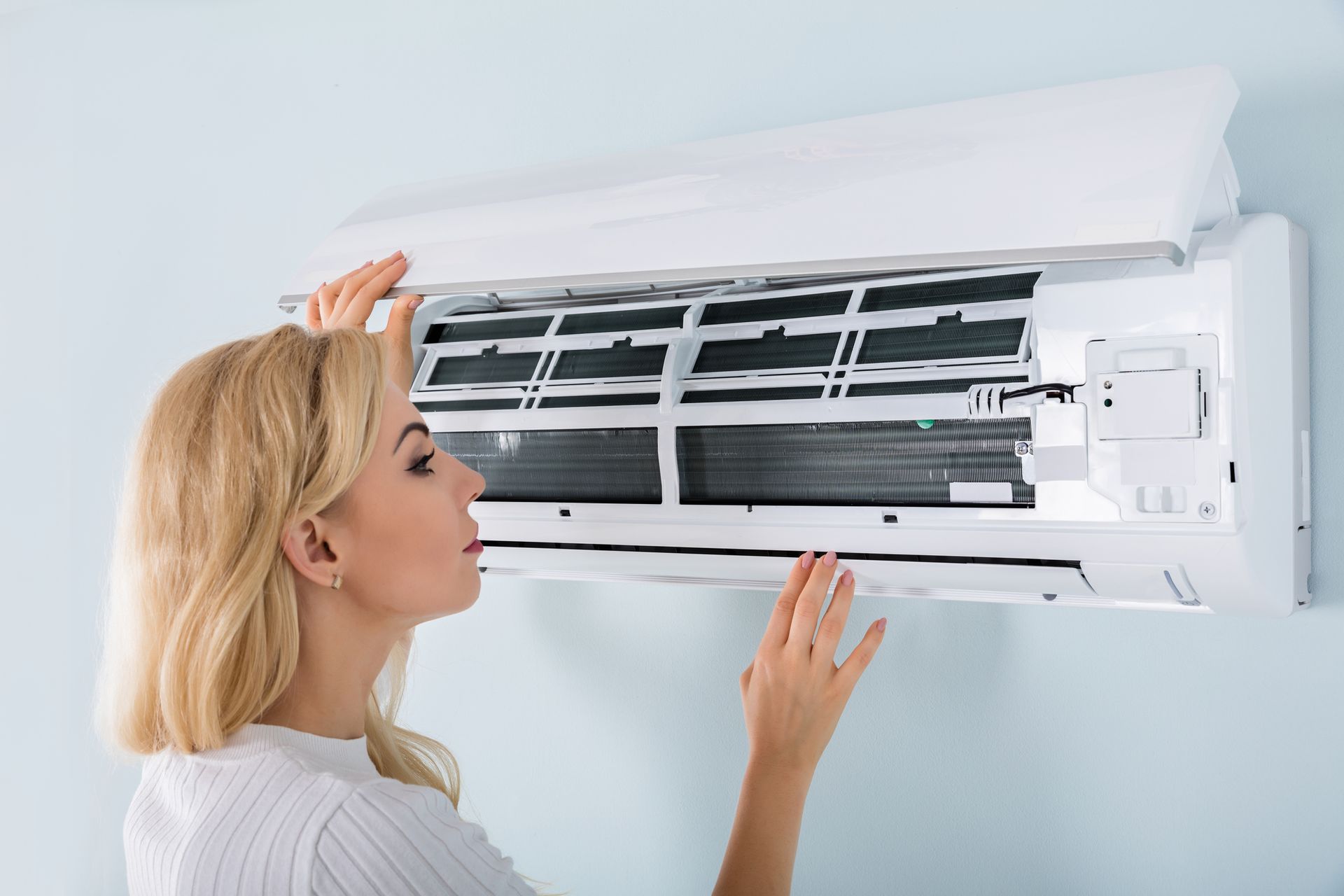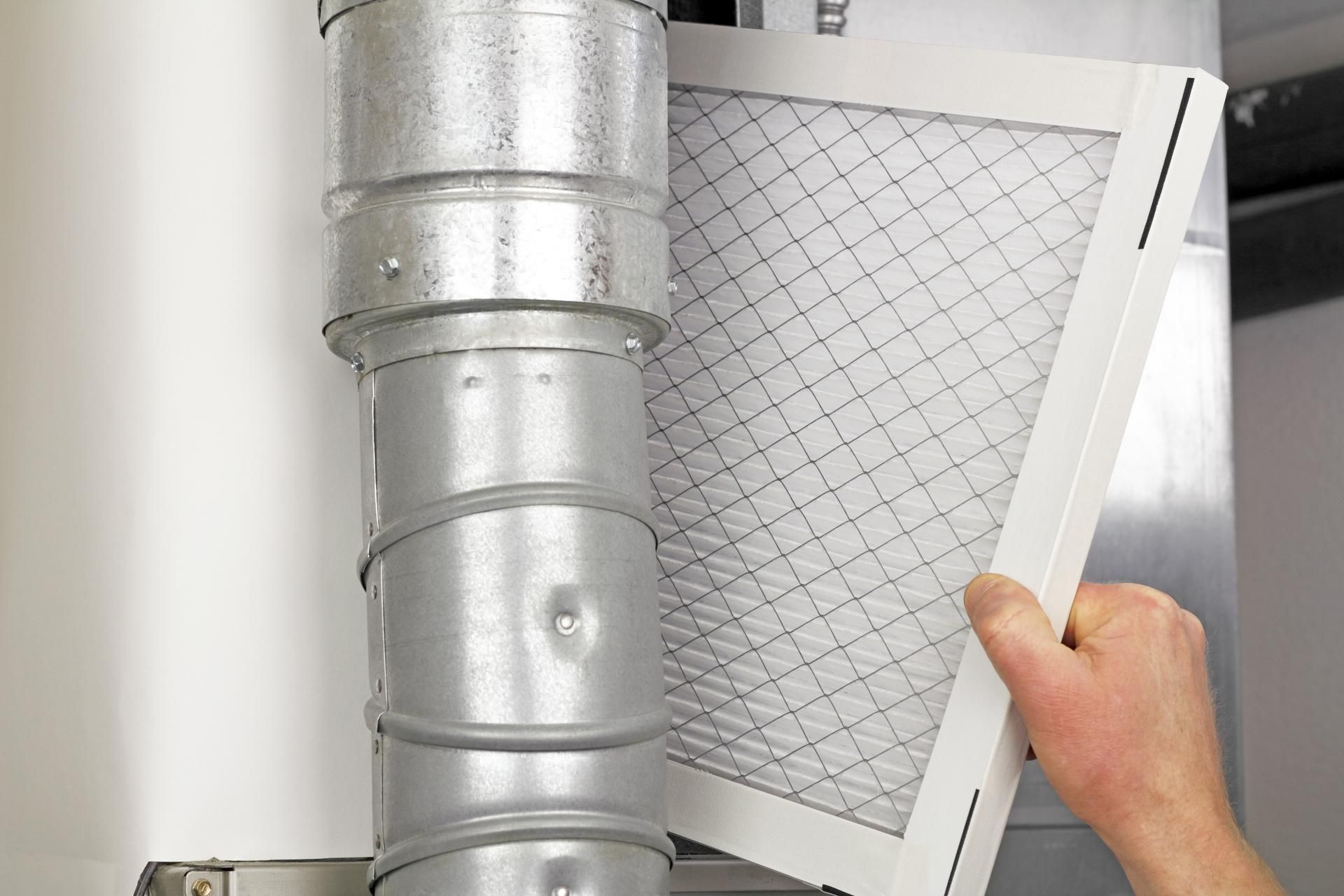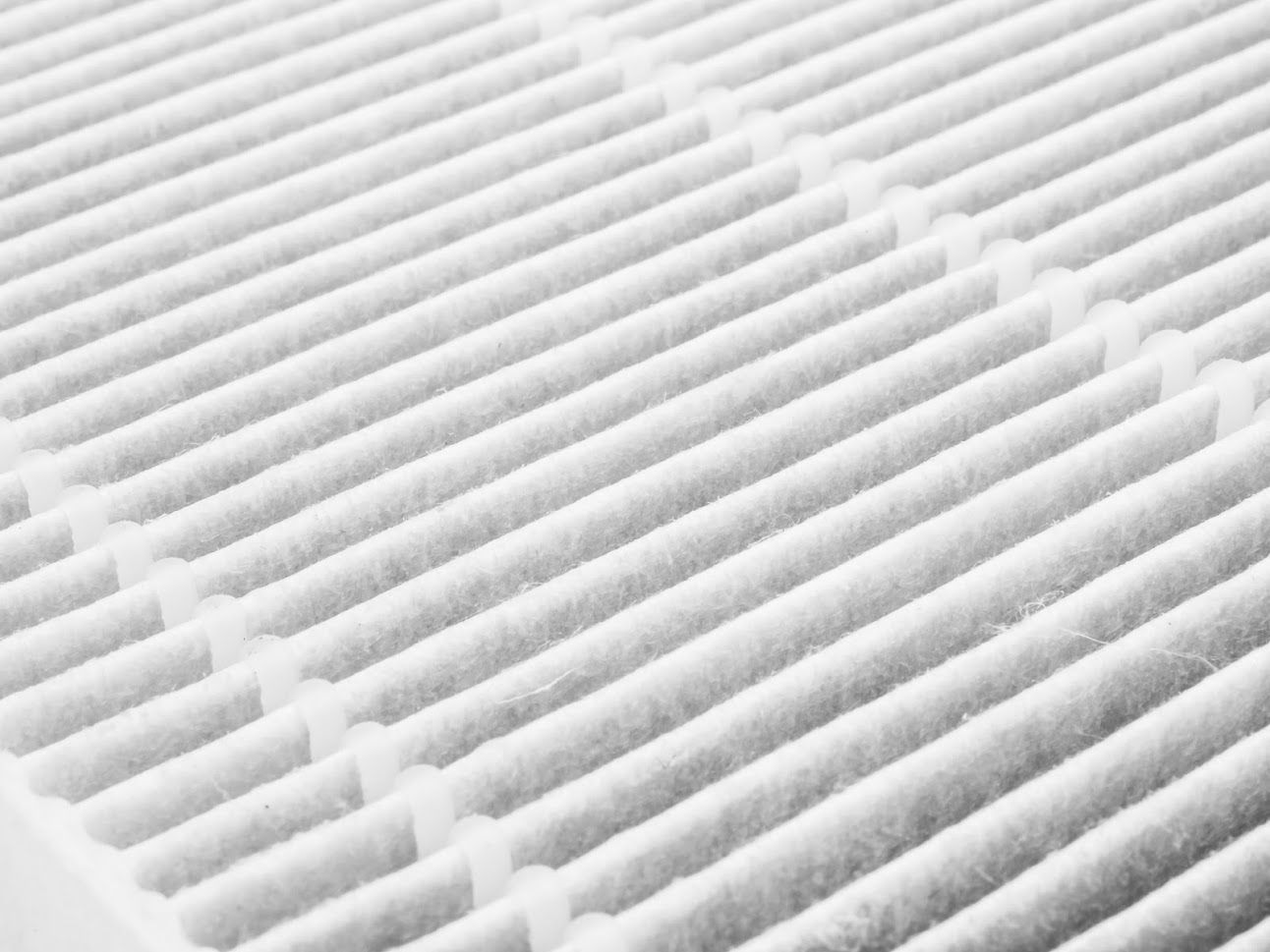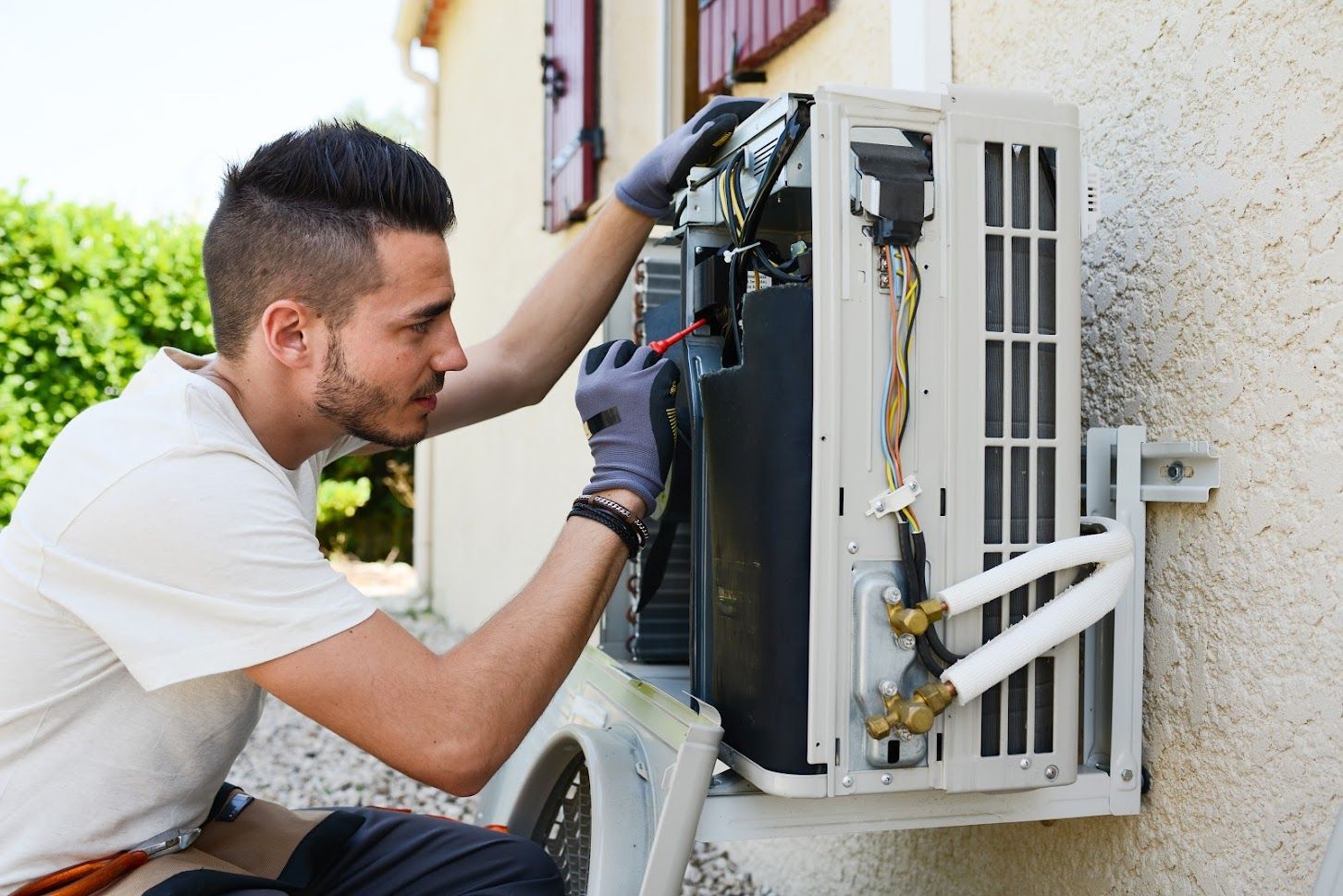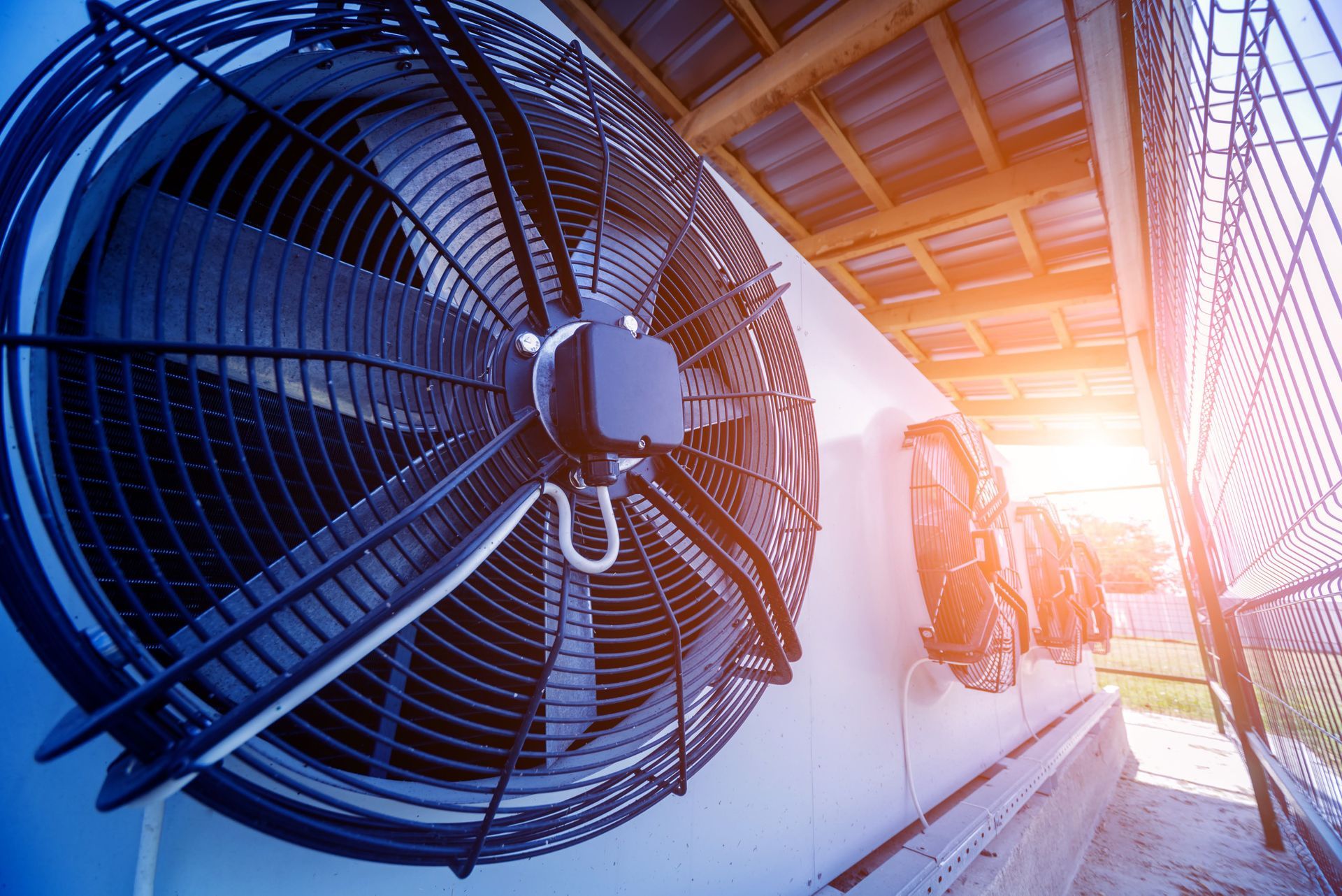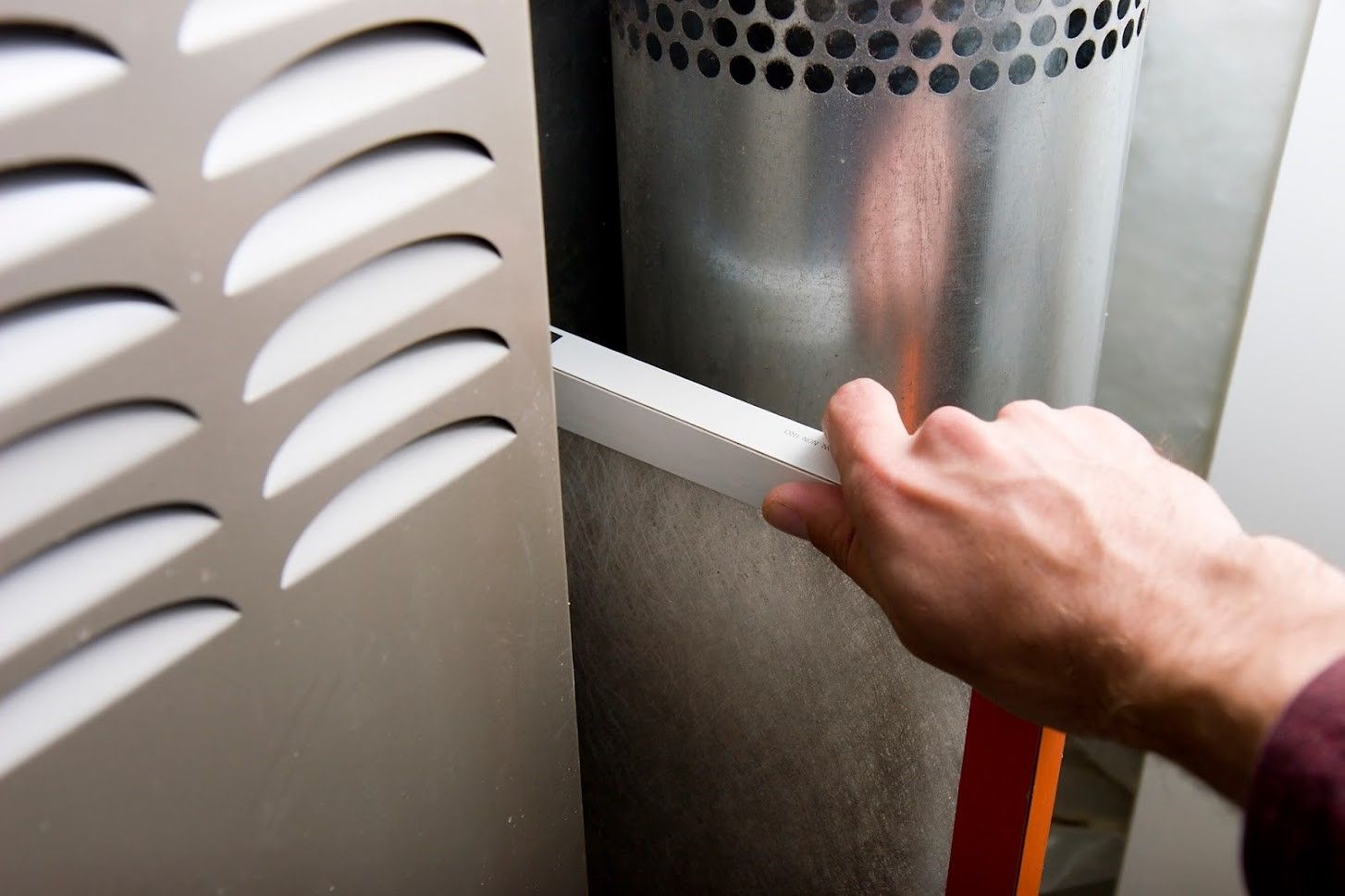Causes of Poor Indoor Air Quality
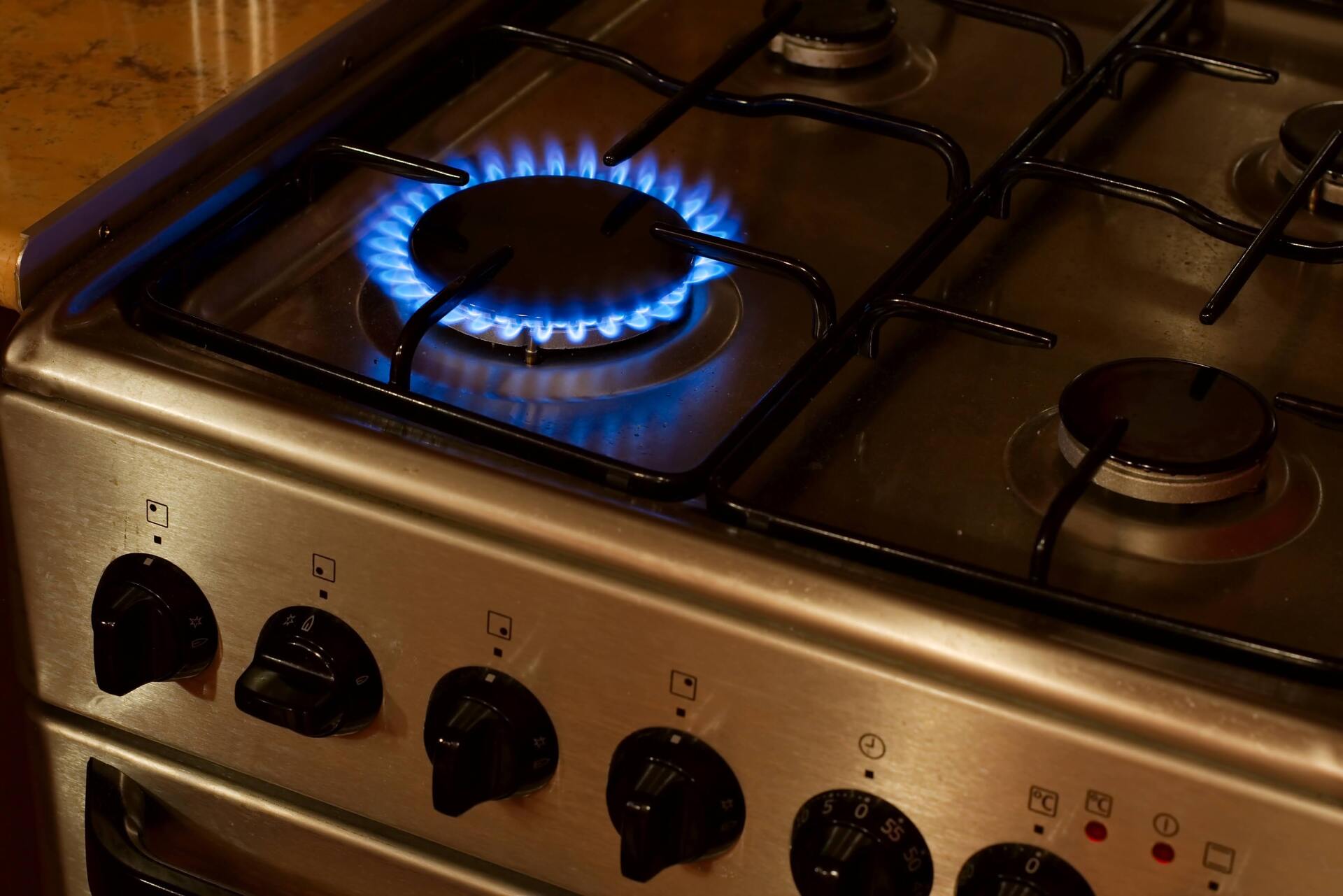
Air pollution caused by power plants, vehicles, and outdoor machines is widely known. Consequently, many assume that the air we breathe outdoors is the most polluted. However, that simply isn’t true. Pollution can also be present inside buildings. Indoor pollutants can have a negative impact on health and comfort.
The following are some of the most common indoor air pollutants.
Pesticides
People use pesticides to kill or control pests. Pesticides are a common cause of poor indoor air quality, and most are toxic to humans. The EPA estimates that 80 percent of pesticide exposure happens indoors.
Most households often use insecticides and disinfectants, which leave traces on the floor, furniture, wall, or soil. Pesticides come in sprays, powders, and balls. Children are the most at risk because of the proximity to contaminated surfaces.
Symptoms of exposure to pesticides may include:
- Eye, nose, and throat irritation
- Dizziness
- Nausea
To reduce exposure, only use pesticides approved for the general public. Wear protective equipment and ventilate the area well when using pesticides.
Asbestos
Asbestos is a fibrous material with excellent heat resistance. Due to this innate characteristic, asbestos was popular for insulation and as a fire retardant until the 1980s. However, the adverse effect on human health and air quality has reduced its usage in the construction industry.
Moderate levels of asbestos exposure are not dangerous. But inhaling suspended fibers for long periods can result in lung cancer and mesothelioma. Such harmful effects typically take years after exposure to develop.
Asbestos fibers suspended in the air are invisible to the naked eye. So if you suspect asbestos, you are better off leaving the premises or calling trained professionals to deal with it.
Carbon Monoxide (CO)
Carbon monoxide is an odorless, colorless, and toxic gas, making it very dangerous. Some familiar sources of carbon monoxide at home include:
- Gas stoves
- Leaking chimneys
- Automobile exhaust from the garage
When you inhale CO, it attaches to hemoglobin in the blood, restricting oxygen intake in your body. The effects of CO exposure vary depending on the length of exposure and concentration. Intake of highly concentrated CO can cause headaches, impaired vision, nausea, and even death.
To reduce the risks of exposure in your home, ensure family members use appliances and stoves appropriately. Installing a CO detector near sleeping areas also helps.
Mold and Mildew
Mold exists everywhere, provided there is dampness or high humidity. Mold is an indoor pollutant that can stir up a host of health problems, including asthma, respiratory infections, and allergies. If your home has excessive humidity, you may have mold growing somewhere.
Some common mold spots include:
- Bathrooms and kitchen with inadequate ventilation
- Leaking ceilings
- Damp carpets
To reduce the possibility of exposure at home, control the sources of moisture. That means fixing leaks quickly and increasing ventilation. Installing a dehumidifier also helps remove water trapped in the air.
Cleaning Products
Home cleanliness is essential for your health — and sanity. However, cleaning products often contain harmful chemicals that pollute the air. Many cleaning products contain volatile organic compounds (VOC) that can be responsible for chronic respiratory issues.
Cleaning supplies containing VOCs include air fresheners, chlorine bleach, oven cleaners, and upholstery cleaners. When using any of these products, ensure the area is well-ventilated. To protect you and your family, ensure the use of EPA-approved cleaning supplies for your domestic cleaning. Alternatively, natural products like vinegar and baking soda can also do the trick.
In attempts to improve their health and well-being at home, families rarely consider indoor air quality. However, given how much time you spend at home, it makes sense to improve the air quality in your home. Taking proactive measures to improve indoor air quality can help ensure the comfort and safety of everyone who enters your building.
Feel free to contact us today at Sta So Cool HVAC for professional help if you're concerned about the air quality in your home.

